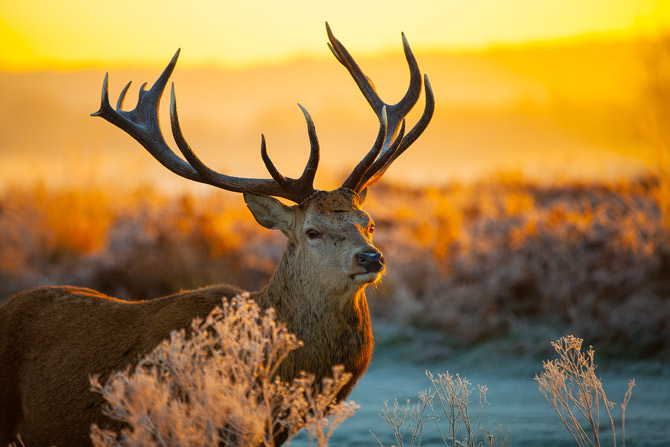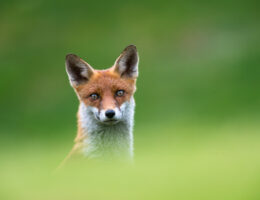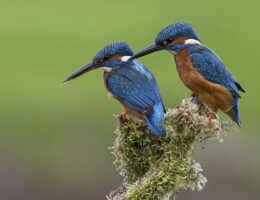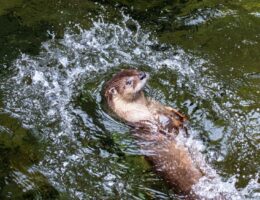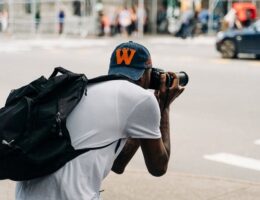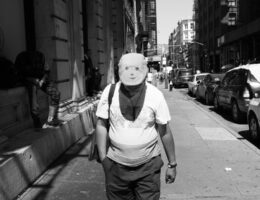IRAN ART EXHIBITION: REMEMBER THESE TIPS FROM PROFESSIONAL WILDLIFE PHOTOGRAPHERS
Thinking about getting into wildlife photography? Whether you are just starting out or already an enthusiast, these tips from Wildlife Photographer of the Year finalists and winners will help you boost your game.
1. Begin with a familiar environment
Capturing a beautiful photograph doesn’t necessarily mean journeying far from home. Ugo Mellone, winner of the 2015 Invertebrates category, believes that capturing a shot to be proud of is within reach.
According to Ugo, the most satisfying pictures are often created at home, once a photographer has learned about the bugs and butterflies in their garden.
‘Anyone can get on a plane to a remote region, but a good place to start is your own home,’ he says. ‘You will learn things about wildlife that other people don’t know if you look closely at what is around you.’
The wildlife might be harder to find in a residential area than in secluded jungles or sweeping deserts, but the rewards are worth the effort.
2. Tap into local knowledge
Sam Hobson’s work with metropolitan foxes is a great example of how photographers can get creative in an urban environment. His shot, Nosy neighbour, earned him a finalist spot in the 2016 Urban category.
Sam began his search for a suitable location by asking street cleaners, night bus drivers and security guards where they had spotted foxes wandering at night.
‘Tapping into local knowledge was so useful. You get some good tip-offs,’ he says.
‘One of the benefits of being in a city is that you can go and get warm. You aren’t stuck in the middle of nowhere. That’s great if I’ve been out in the winter, waiting for hours on a car park roof in the freezing cold.’
3. Get to know your subject
While some unique moments are captured in the natural world by luck, award-winning images are usually the result of the photographer’s knowledge.
With animals, insight into their behaviour and reactions can lead you to the right place at the right time.
Simon Stafford won the 2016 Mammals category. His shot, The aftermath, depicts the darker side of one of wildlife’s greatest spectacles, the wildebeest migration of Kenya’s Maasai Mara.
IRAN ART EXHIBITION: Returning at first light to the site of a stampede, Simon knew that scavenging hyenas would be making the most of the grisly scene he had witnessed the day before.
‘First thing is to research your subject. You need to know your subject or you won’t be able to anticipate behaviour,’ says Simon.
‘When you are in the field, observe – because each animal or group of animals will have its own idiosyncrasies. They may have adapted to local conditions and so on. So the more you can observe behaviour the better you can anticipate what might happen.’
4. Be prepared to wait
Wildlife photographers can go to great lengths to achieve a prize-winning shot. Some will wait for weeks in below-freezing temperatures or return to locations over the course of a lifetime to capture rare or fleeting phenomena.
Ganesh H Shankar’s image of rose-ringed parakeets attempting to remove a monitor lizard from their nest won the 2016 Birds category. While Ganesh was lucky enough to stumble upon this moment, capturing the perfect shot took several days of watching and waiting.
‘When I saw how this parakeet was behaving – aggressively pecking the lizard – I was taken aback. I normally roam around the park, but I stopped walking. I decided to focus on these animals until I got the perfect picture,’ Ganesh says.
5. Try looking closer
Four-time finalist Klaus Tamm aims for good composition and mood when photographing his tiny botanical subjects.
‘You can create great images with the most average of subjects,’ he says. ‘I tend to focus on tiny objects since I am fascinated by their fragility and complexity, which you only realise when you get close.’
‘I think these subjects could be represented much more in nature photography since often they are overlooked when the more famous or bigger objects come into frame. But even with an “average” plant like a clover, one can create good images.’
6. Take lots of photos
It can take hundreds or even thousands of photographs to produce a couple of good ones.
Photographer Imre Potyó’s image of egg-laying mayflies, Light fandango, was taken on a dark bank of the Danube River in Hungary. This photo earned him a place among the 2016 Invertebrates finalists.
IRAN ART EXHIBITION: Imre describes his approach as highly experimental. ‘I’m addicted to unique and unusual atmospheres, especially during the night. The life of mayflies is short and their swarming dates are unpredictable,’ he says.
‘They only swarm for about an hour and a half, so I didn’t have long to put that plan into action.’
Working to capture such an ephemeral moment in low light, he experimented with lighting and took plenty of pictures.
‘My equipment was totally covered by the huge mass of buzzing mayflies. They were all around me – it was a fantastic feeling. Their wings rustle and whir very loudly at the peak of the swarm. I took hundreds of pictures, but the composition was correct in only one or two.’

7. Don’t shy away from unsettling moments
Nature may sometimes seem cruel but it is in these moments that the photographer can often find beauty and compelling stories.
Scenes of predators or struggle are a common subject for wildlife photographers. While these events can be unsettling to witness, capturing them can provide unique images.
IRAN ART EXHIBITION: The 2015 Grand title winner Don Gutoski’s image, A tale of two foxes, is both beautiful and jarring. The blood against the white fur and snow may appear graphic but it tells an important story of overlapping home ranges, shrinking habitats and a need for conservation.
Kathy Moran, a senior photo editor at National Geographic, says of Don’s shot: ‘The immediate impact of this photograph is that it appears as if the red fox is slipping out of its winter coat. This image works on multiple levels – it is graphic, it captures behaviour and it is one of the strongest single storytelling photographs I have seen.’
8. Remember that humans are part of the story
While many photographers pursue that truly wild shot, some of the competition’s most memorable images explore the relationship between animals and human environments.
Emily Garthwaite is a photojournalist who did not set out to photograph wildlife. Her image of a chained elephant was taken while working with street children in India and was a finalist in the 2015 Wildlife Photojournalist Award: single image category.
‘I was living with a group of street boys in Varanasi on the ghat [steps leading down to a river] that the elephant was photographed in. In the same manner the boys were struggling just as much as the elephant was. The elephant was an accidental incident in a big scene of trouble that I was documenting.’
‘This became symbolic of everything the boys were going through too – that they were chained to their caste and to their traditions and that they couldn’t get out of it no matter how hard they tried.’
9. Step back from your image
When you’re working with hundreds or even thousands of photos it’s often tempting to immediately dismiss one for being strangely framed or slightly out of focus.
Photographer Richard Peters was unsure of the above image, Snow pounce, when he first captured it. It was eventually commended in the 2012 Behaviour: Mammals category.
‘When I took these images initially, I’m now embarrassed to say my reaction was disappointment that my favourite shot in the sequence wasn’t sharp enough.
‘I even blogged about it and called the original article The Shot That Got Away.
IRAN ART EXHIBITION: ‘Take a step back from pixel-peeping images at 100% whilst sat 12 inches from the computer screen every once in a while, and try and see your work through someone else’s eyes.
‘Because sometimes, the perfect images are staring you right in the face, just waiting for you to see them.’
